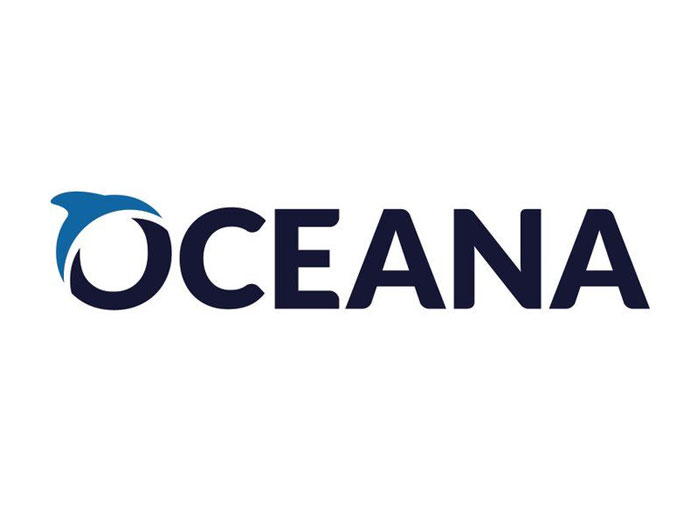Global North’s Growing Appetite for Farmed Salmon Imperils Communities’ Access to Local Fish
October 31, 2024 | 4 min to read
A recent paper in Science Advances reveals the aquaculture industry's increasing reliance on wild fish, contradicting prior claims. Researchers, including Dr. Kathryn Matthews, argue that as demand for farmed salmon rises, so does the depletion of local fish resources like sardines and anchovies, which are often converted into fishmeal and fish oil for aquaculture. This shift negatively impacts coastal communities and raises concerns over sustainability, urging the industry to find alternative feed sources.

A new paper in Science Advances exposes that more wild fish, not less, is being taken from the ocean to support the global aquaculture industry
A new paper published in Science Advances exposes the global aquaculture sector’s growing dependence on wild fish. Despite industry claims to the contrary, these findings highlight how the growing appetite for expensive farmed salmon can leave coastal communities struggling to access affordable local fish like sardines and anchovies. Instead, these small pelagic fish are frequently caught, processed, and “reduced” to fishmeal and fish oil, almost all of which is used to feed farmed fish. These ‘reduction fisheries’ account for 26% of global ocean catch.
“As the aquaculture industry grows, so does its dependence on wild fish,” said Dr. Kathryn Matthews, Oceana Chief Scientist and one of the authors of the paper. “The continued rapid expansion of the sector will demand ever more fishmeal and fish oil, even as its use in feed becomes more efficient.”
The authors, which also include Dr. Patricia Majluf, Associate Professor with the Center for Environmental Sustainability at the Cayetano Heredia University and former Oceana Vice President in Peru; Dr. Daniel Pauly, Oceana Board Member, fisheries scientist, and principal investigator at Sea Around Us; Dr. Daniel Skerritt, Oceana Senior Analyst; and Dr. Maria Lourdes D. Palomares, Senior Scientist and Research Unit Manager at Sea Around Us, debunk the industry’s use of the “Fish-in-Fish-out” (FIFO) ratio — the standard metric used to quantify how much wild fish is used to produce farmed fish. The FIFO ratio is often used as an indicator of the impact of aquaculture on wild fish stocks.
In the paper, the authors showcase several misleading practices about the FIFO ratio, such as averaging fishmeal and fish oil inputs of carnivores and herbivores together to conceal the high feed requirements of carnivorous species. This lowers the FIFO ratio, reaffirming the aquaculture industry’s claim that its dependence on fish oil and fishmeal is decreasing. But fish oil, especially, is a limited commodity that is increasingly in demand by salmon farms, which now supply 70% of all salmon consumed worldwide. In 2020, farmed Atlantic salmon alone accounted for 60% of fish oil usage, the authors calculated.
“The salmon industry is a not a food production system — it’s a food reduction system. It benefits the few who can afford it but reduces access to nutritious fish for those who need it the most,” said Dr. Matthews.
For example, processing plants in West Africa are exploiting vast amounts of small pelagic, highly nutritious fish, mostly sardinella, to produce fishmeal and fish oil for export. “This is an equity issue — it puts local fishmongers at an unfair disadvantage because they cannot compete with the prices the plants are willing to pay for this global commodity,” Dr. Skerritt said.
Additionally, the authors note the turbulent future ahead for fishmeal and fish oil production. Climate change is impacting fish populations around the world, including the main source of fishmeal and fish oil — the Peruvian anchoveta. Like many others, this species in warmer waters contains less fish oil. Moreover, continued poor management of these fisheries allows for ever higher catches of juveniles, which also contain less oil. “Combined, these factors are driving feed manufacturers to look elsewhere for additional oil, including in fisheries which typically provide fish for direct human consumption, like mackerel,” said Dr. Majluf.
For these reasons, the authors urge the industry to operationalize substitutes for fishmeal and especially fish oil in aquaculture fish feeds.
This paper is part of a special issue of Science Advances dedicated to aquaculture, which also includes an analysis about the need for greater transparency in aquaculture subsidy reporting by Dr. Rashid Sumaila, an Oceana Board Member and fisheries economist.
About Oceana:
Oceana is the largest international advocacy organization dedicated solely to ocean conservation. Oceana is rebuilding abundant and biodiverse oceans by winning science-based policies in countries that control one-quarter of the world’s wild fish catch. With more than 300 victories that stop overfishing, habitat destruction, oil and plastic pollution, and the killing of threatened species like turtles, whales, and sharks, Oceana’s campaigns are delivering results. A restored ocean means that 1 billion people can enjoy a healthy seafood meal every day, forever. Together, we can save the oceans and help feed the world. Visit Oceana.org to learn more.
